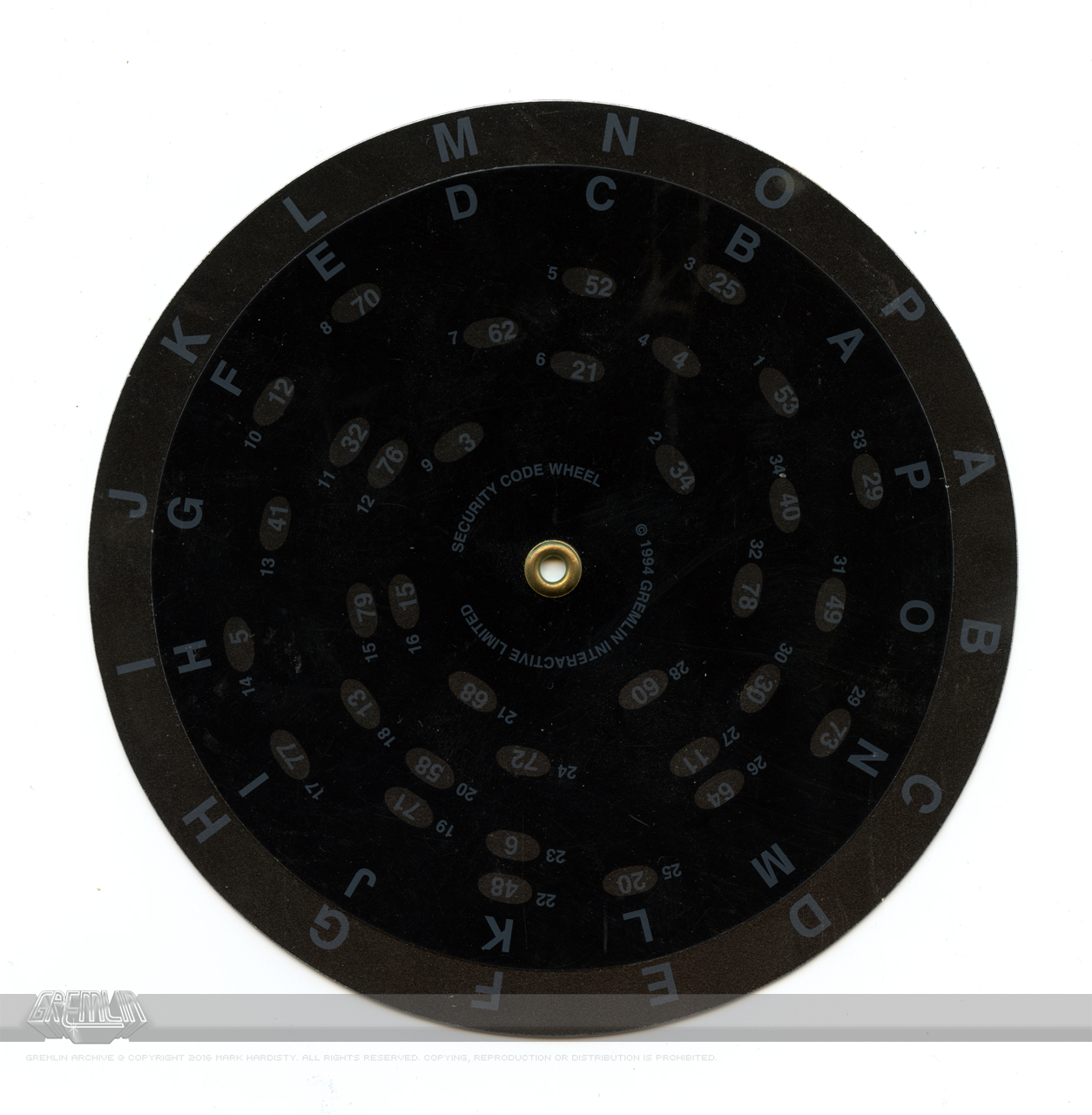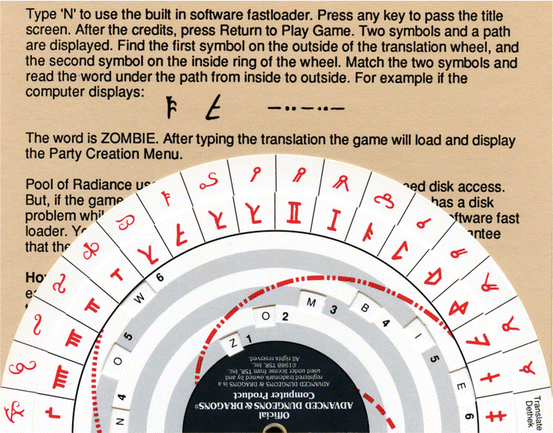
The one without any sense of direction or substantive replacement for the things that are gone now.Īs I see it, it's mostly an unconscious feeling that has to do with USSR's dissolution and Perestroika. The reason why 'fallout' is so 'popular' in Russia: It's not really Fallout as a franchise but rather the story of a world that has been destroyed. What is Party Strength? Well, according to the incomparable Stephen S.
#Pool of radiance code wheel answers manuals#
You don't have to have six, though, as the game manuals say, "A smaller party is weaker and more likely to be defeated by monsters." Using multiclassing, you can make viable parties of five or even four characters, though in later games this is much more difficult due to 1st edition D&D level limits.

This means multiclassing, and a common build is fighter, fighter/mage, cleric/fighter/mage, thief, cleric, and mage. Party construction is a constant topic of debate among fans of these games, but basically you make six characters, with the official cluebook recommending four fighters, two mages, two clerics, and two thieves. What this means is that many eccentric party builds become playable. Apart from good things like being able to cast Animate Dead (removed in later games likely due to fear of Moral Guardians) and bad things like not having Paladins or Rangers, the enemies in many areas scaled with party strength. Pool of Radiance had a couple of oddities, or 'First Installment Weirdness' as TVTropes likes to say.

Version used is the DosBOX download (I have legal 3.5 floppies and an actual honest-to-god codewheel from 30 years ago, but trying to mount the game from those is going to be a pain in the butt.) It ran on 384K of RAM, EGA graphics, and 8 floppy disks (I can still remember which parts of the game are on which disks). For those of you who are unawares, this was a tactical RPG that came out in 1988 and was the first serious attempt to put Gygax-correct D&D on the computer.
#Pool of radiance code wheel answers series#
This is the old SSI classic, first (and some say best) of the Gold Box Series of the late eighties/early nineties.


 0 kommentar(er)
0 kommentar(er)
